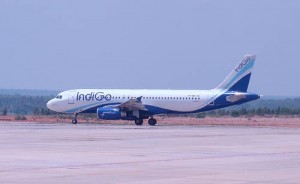
Golden age of Indian aviation
India’s largest carrier, IndiGo, run by InterGlobe Aviation, which started operations in 2006, now handling one in three passengers. If Airbus projections are correct domestic Indian revenue will surpass other major markets with 9.5 per cent growth per year until 2033.
InterGlobe aviation wanted to maximise by planning an initial IPO public offering later this year. The company last month issued stock options to its employees valued at £5.76 each ($9 each), and assuming IndiGo will probably sell shares at a higher price- the offering will bring £300m ($470m).
Most airlines in India are high risk investments, Kingfisher, SpiceJet and state run Air India.have all failed due inefficiency, high oil prices, inability to retain and train staff and oversupply.
But IndiGo stands out from other airlines , as it has been the only consistently profitable airline during the last years as a result of clever and efficient management. The company keeps maintenance costs low by deploying aircrafts for only three years and flies only one type of aircraft to minimise on spare parts and training, and low wages.
IndiGo spends more on new aircrafts as it has already doubled its existing fleet by meet rising demands. The company sells and leases back almost its entire fleet. The rental and interest costs as a proportion of revenue are similar to Jet Airways India’s second largest carrier.
Low cost airlines around the world trade at an average nine times with industry leader Ryan air 12 times despite its25% ebitda margin. IndiGo Ebitda margin is at 9.3 per cent.

